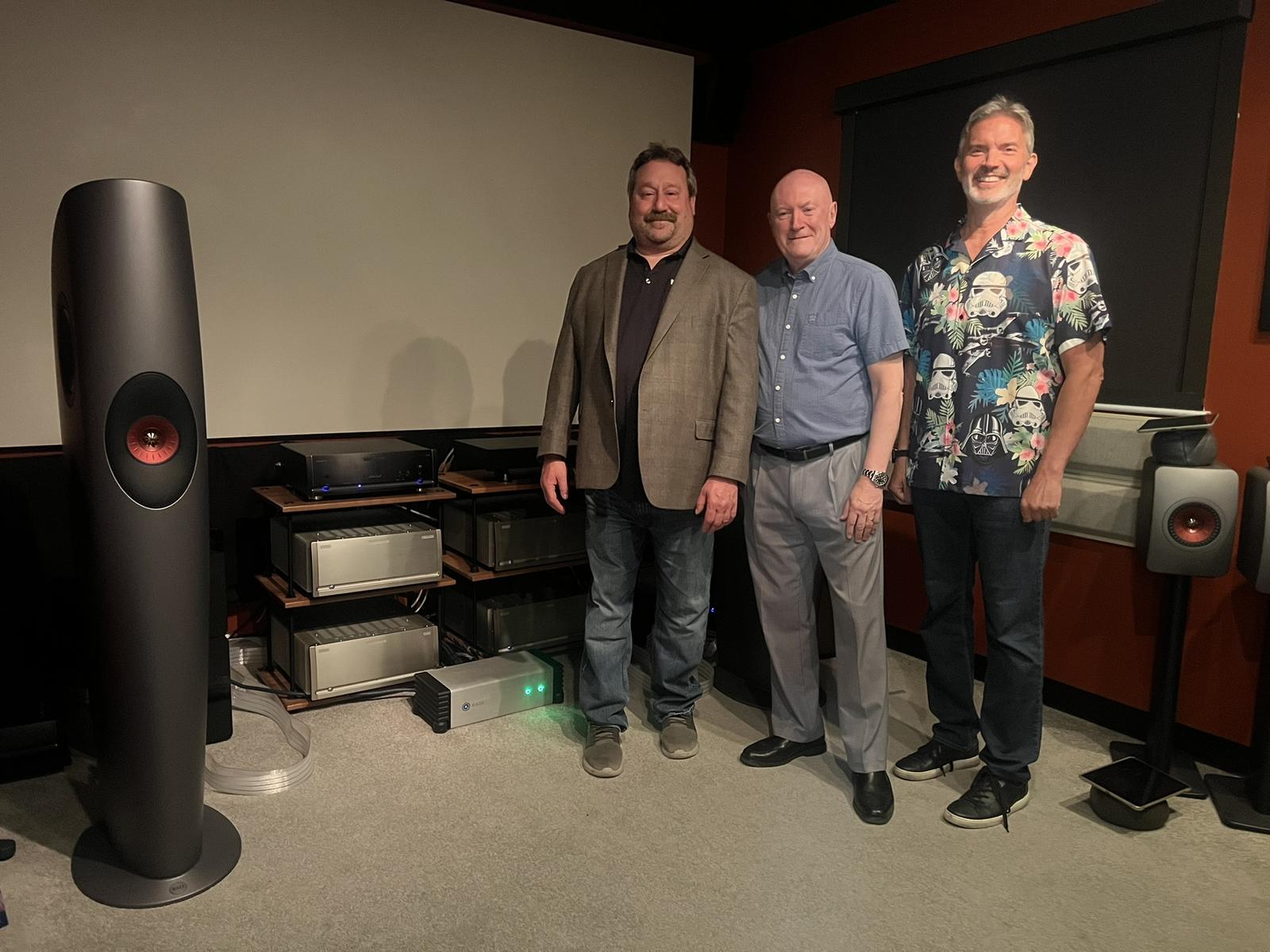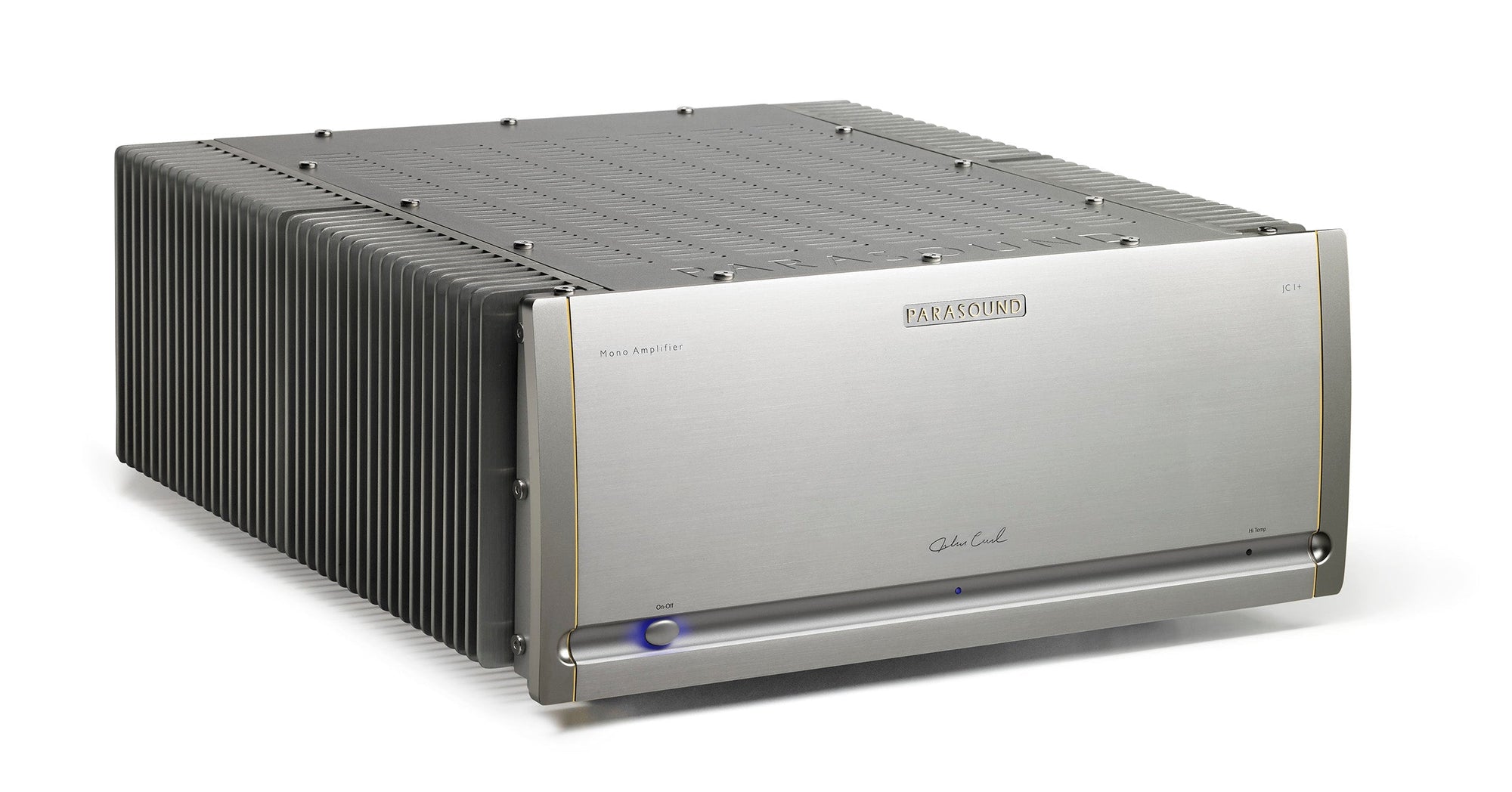In a high-performance audio separates system, not all components are equally sensitive to power quality. If you're considering power conditioning to clean up your system’s electricity, the preamplifier is the best place to start.
🔌 Most Impact: Preamplifier or Processor
Your preamp handles delicate low-level signals and is highly vulnerable to noise, voltage irregularities, and interference. Power conditioning can:
- Lower the noise floor
- Reveal more detail and spatial imaging
- Reduce hum or buzz introduced via AC lines
⚖️ Moderate Benefit: Source Components
CD players, streamers, DACs, and phono stages also benefit from clean power, especially those with switching power supplies. Benefits include smoother highs and a more natural presentation.
🧱 Least Sensitive: Power Amplifiers
Power amps draw high current and don’t benefit much from filtered outlets unless your home has major voltage inconsistencies. In fact, some power conditioners can restrict current flow, reducing dynamics. Use high-current outlets—or plug them straight into the wall.
🌀 Subwoofers
Subwoofers typically have high noise immunity. Power conditioning has limited effect unless you’re resolving ground loop or hum issues.
📌 Summary Table
| Component | Power Conditioning Benefit | Notes |
|---|---|---|
| Preamplifier | ⭐⭐⭐⭐ | Most sensitive; major performance gains |
| Phono Preamp | ⭐⭐⭐⭐ | Extremely low-level signal benefits most |
| DAC / Source | ⭐⭐⭐ | Reduces digital hash, improves clarity |
| Power Amp | ⭐ (or 🚫) | Only use high-current conditioning or direct to wall |
| Subwoofer | ⭐ | Limited benefit unless addressing hum |
For best results, use isolated power banks for your preamp and source gear, and only plug your amplifier into a high-current outlet. Want personalized advice for your system? Reach out here — we’re happy to help.


